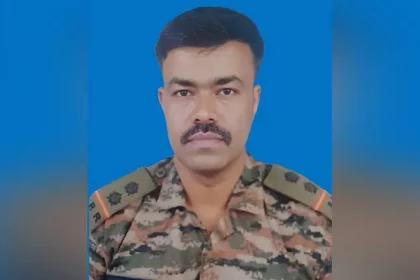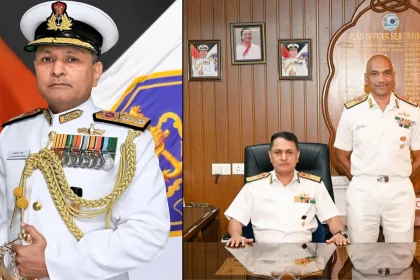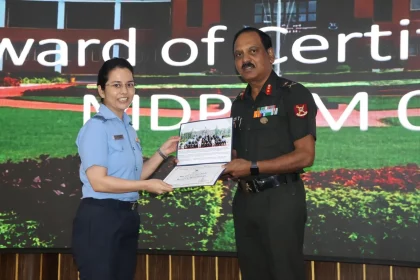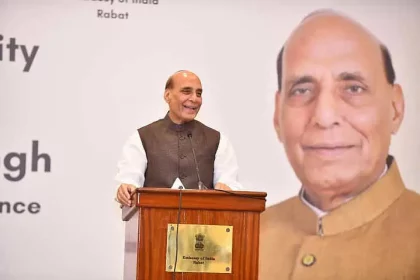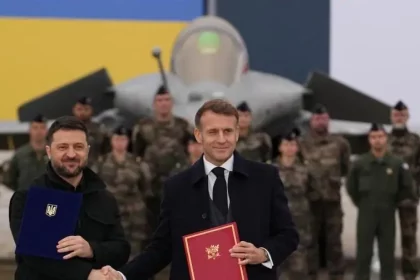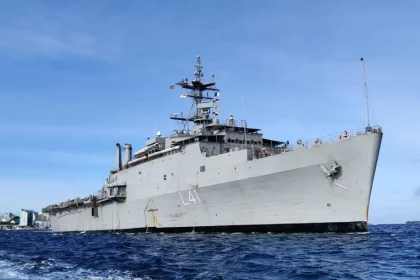Army JCO, Agniveer Lose Their Lives in Separate Incidents in J&K’s Poonch
Two Soldiers Die in Unrelated Mishaps Amid Ongoing Operations in Poonch.
Rear Admiral Vidhyadhar Harke Assumes Charge as 27th Flag Officer Sea Training
Decorated Naval Officer Takes Charge of Navy’s Premier Sea Training Command.
CDM Conducts Management Development Programme on Research Methodology for Armed Forces Officers
Week-Long Programme Enhances Analytical and Research Skills of Mid-Level Officers.
Indonesia Formally Expresses Interest in Buying BrahMos Missiles, Confirms Defence Minister Rajnath Singh
Jakarta’s Interest Marks a Major Boost for India’s Expanding Defence Export Footprint.
Zelensky Secures 100 Rafale Jets in ‘Historic’ Defence Pact with France
France–Ukraine Defence Pact Opens Door to 100 Rafale Fighters Amid Intensifying War.
India Set to Launch ₹80,000-Crore Destroyer Programme to Boost Blue-Water Naval Power
MDL Set to Begin ₹80,000-Crore Project-18 Destroyer Build as India Advances Toward a True Blue-Water Navy.

